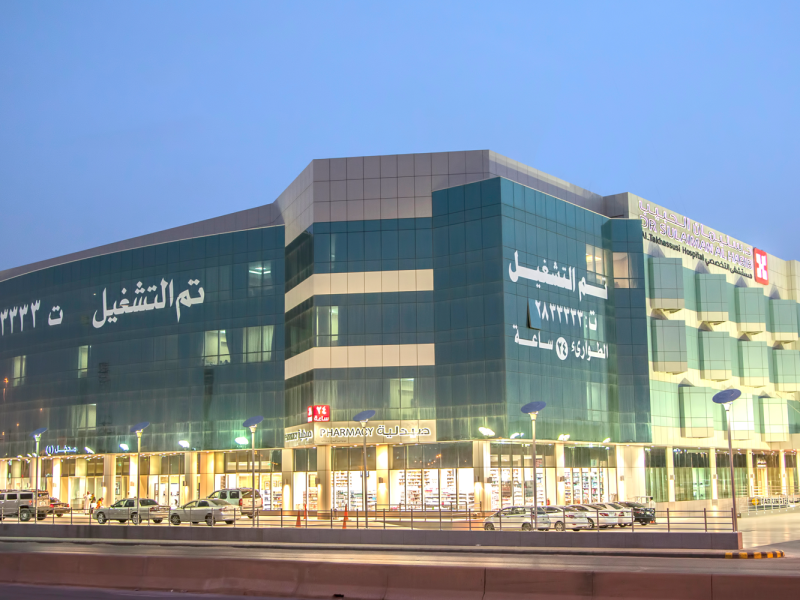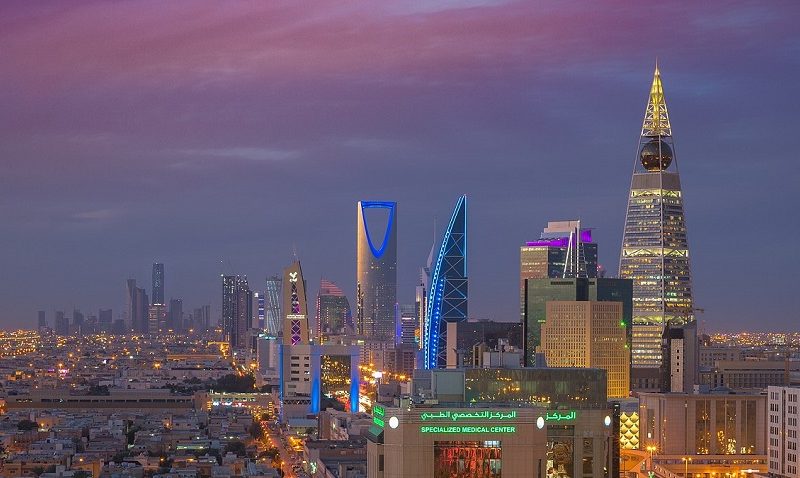Economic growth in the Mena region is forecast to accelerate to 5.3% in 2022 before slowing to 3.6% in 2023, as against global growth which is expected to slump from 5.7% in 2021 to 2.9% in 2022— significantly lower than 4.1% that was anticipated in January, said the World Bank in a new report.
GCC economies are forecast to grow by 5.9 percent in 2022, 1.2 percentage points higher than forecast at the start of the year.
In Saudi Arabia, strong oil production growth and a robust recovery in the non-oil sector is expected to drive 2022 growth to a decade high of 7.0 percent, before slowing to 3.8 percent in 2023.
The United Arab Emirates should also benefit in the near term from rising oil prices, while in the medium term, reforms to deepen capital markets, increase labor market flexibility, and accelerate technological innovation will support growth. Output in the Islamic Republic of Iran is expected to grow by 3.7 percent in 2022, boosted by a waning of the pandemic and higher oil prices and strong progress on vaccinations. Growth is expected to slow subsequently, however, as unresolved structural challenges and feeble fixed investment limit potential growth.
Iraq’s GDP is forecast to grow by 8.8 percent in 2022, driven by a rebound in the oil sector as OPEC+ production limits are phased out. However, electricity shortages, aggravated by energy import disruptions, and absorptive capacity constraints limit growth in the non-oil sector.
Output in oil importers is expected to grow by 4.1 percent in 2022, a 0.5 percentage point downward revision, before accelerating to 4.4 percent in 2023. These headline numbers reflect highly fragile recoveries and the impact of an acceleration in the Arab Republic of Egypt, where stronger-than-expected activity for the first half of the fiscal year saw growth revised up to 6.1 percent in FY2021/22. Growth is expected to moderate to 4.8 percent in FY2022/23, a 0.7 percentage point downgrade, as a decline in tourism as a result of the Ukraine war and rising food and energy inflation dampens domestic demand and squeezes the budget.
In Morocco, growth is expected to slow significantly, to 1.1 percent in 2022, as the compounded impacts from drought and the war in Ukraine outweigh the tentative services sector recovery.
Lebanon faces another year of decline amidst increased poverty, rampant inflation, and disruption to core services; and real GDP is projected to contract for the fourth consecutive year further pushing down real GDP per capita and reducing the purchasing power of wage earners. Tunisia’s modest growth is far short
of potential, particularly given the level of unemployment.





